
In the 1830s and 1840s, lifeless compilative works appeared increasingly, in which purely formal expressiveness, a predilection for external effects, superseded the thin transmission of the mood of the model, which was almost the main advantage of the engraving of the second half of the 18th century. Obviously, the features of decay emerged later, in the so-called Bakumatsu era, which preceded the Meiji revolution of 1868.
Therefore, the extension of the concept of “decay” to the entire engraving of the first half – the middle of the XIX century is unlikely to be qualified. And not only because in the works of such artists as Utagawa Kunisada, Uta-gawa Kuniesi and others, traditional genres are experiencing their last flowering, but primarily because at this time a new development for Ukiyo-e genre – fukike.
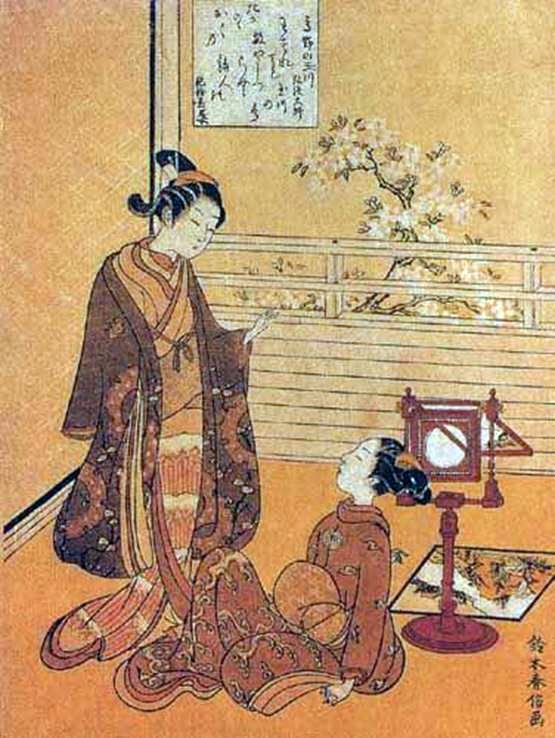 Tamagano à Takano – Suzuki Harinobu
Tamagano à Takano – Suzuki Harinobu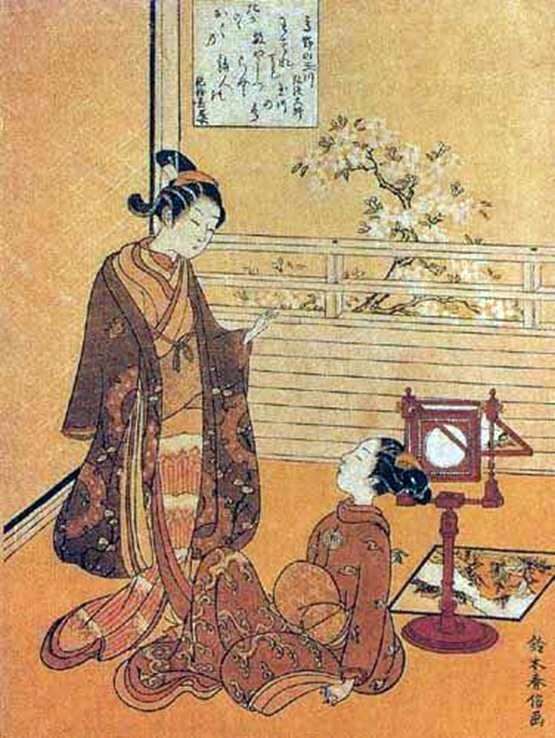 Tamagano en Takano – Suzuki Harinobu
Tamagano en Takano – Suzuki Harinobu Osen with a buffalo by Suzuki Harinobu
Osen with a buffalo by Suzuki Harinobu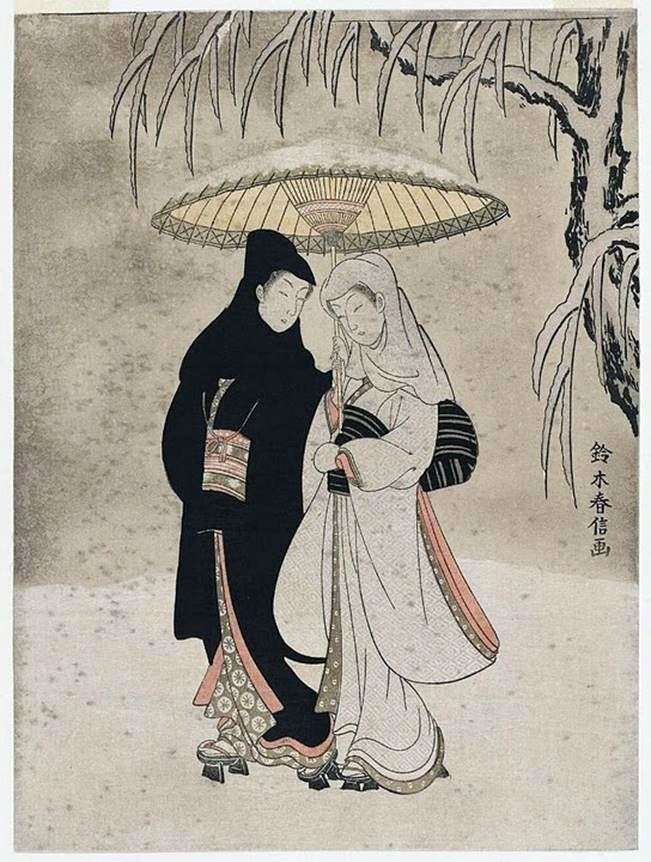 Lovers in the Snowy Garden by Suzuki Harinobu
Lovers in the Snowy Garden by Suzuki Harinobu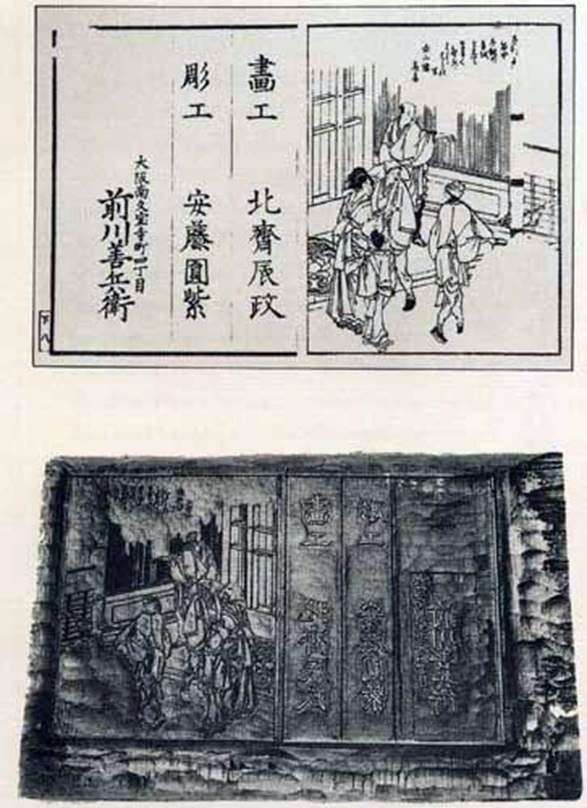 Printed board and modern imprint of the last sheet of the book by Katsushika Hokusai
Printed board and modern imprint of the last sheet of the book by Katsushika Hokusai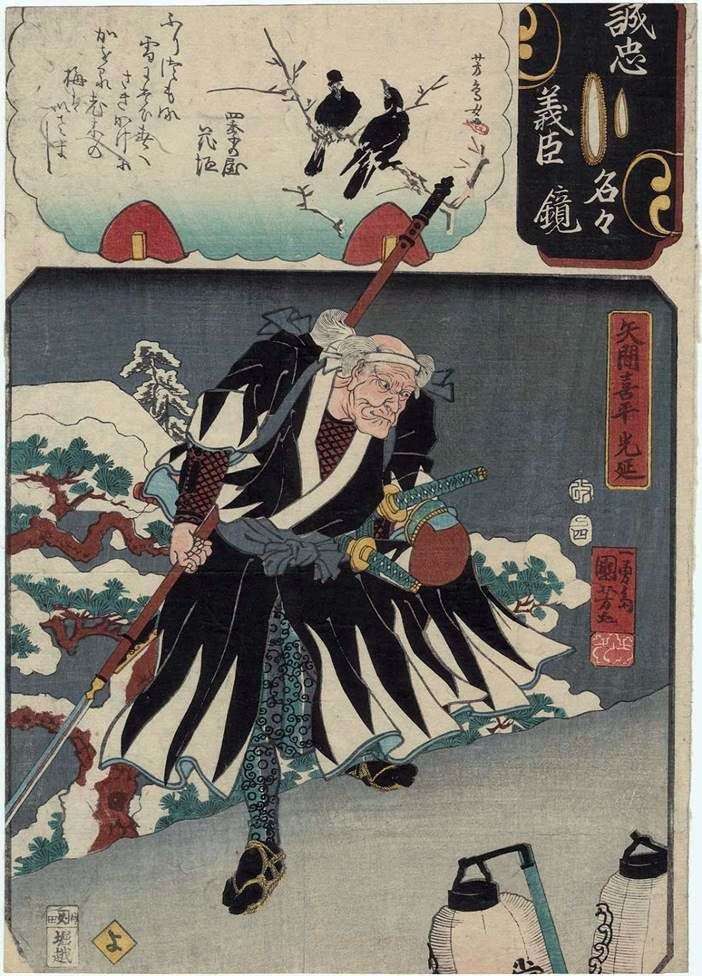 Yajima Kihei Mitsunobu by Utagawa Kuniesi
Yajima Kihei Mitsunobu by Utagawa Kuniesi Osen con un búfalo – Suzuki Harinobu
Osen con un búfalo – Suzuki Harinobu Ausen avec buffle – Suzuki Harinobu
Ausen avec buffle – Suzuki Harinobu